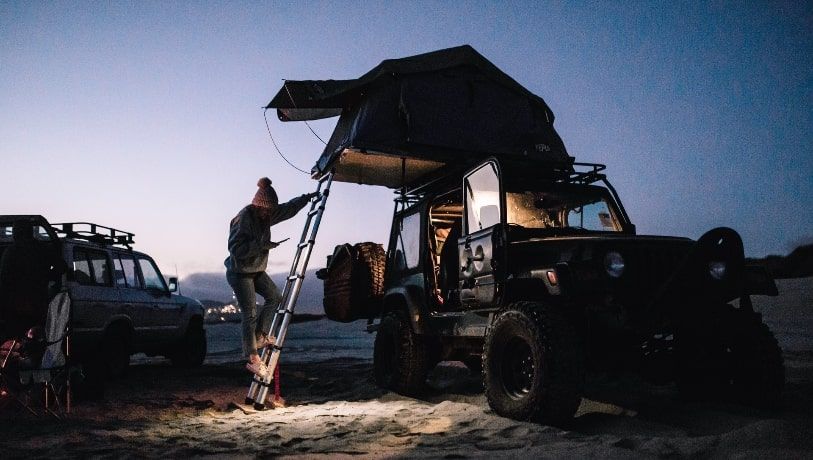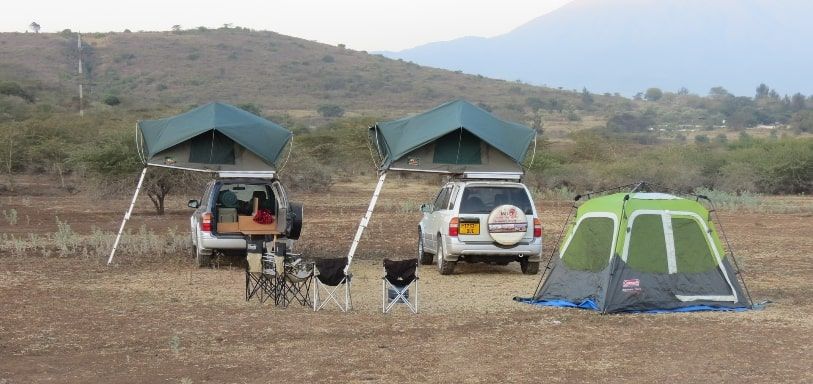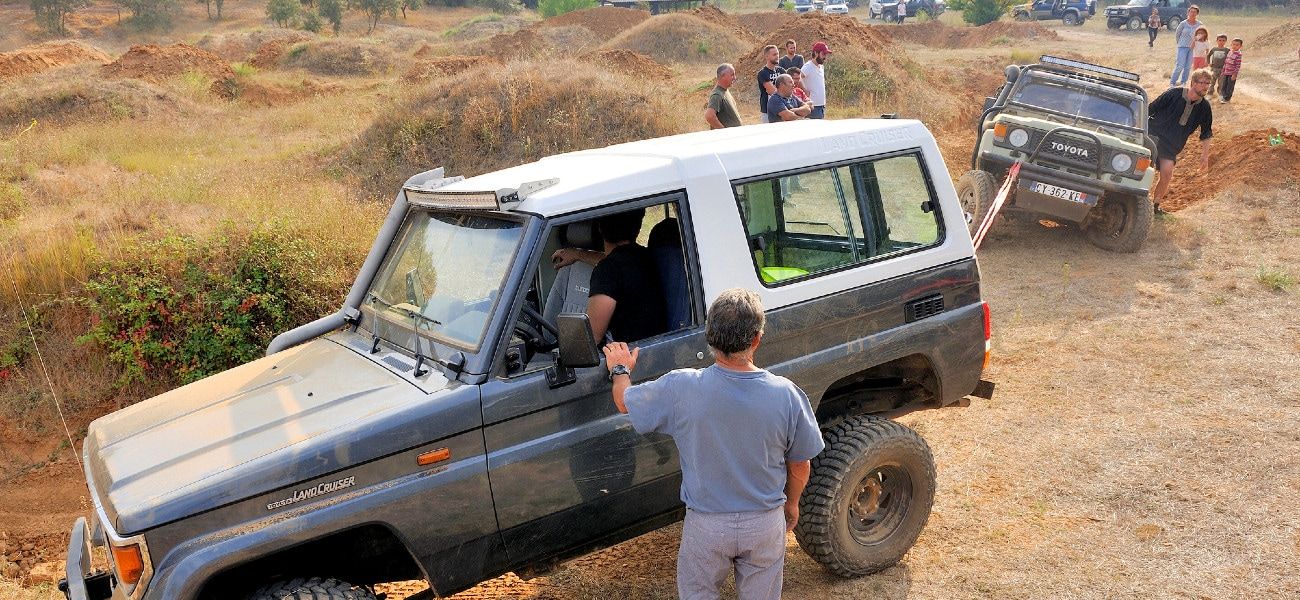Rooftop tents are an awesome bit of kit for anyone who enjoys overland adventuring. They are more durable and comfortable than regular tents, easier to set up and of course easy to move from site to site while you’re on the road.
But what about when you’re not using it? These tents are expensive and you need to take care of your investment to make sure it’s in good condition when you pull it out for your next trip. In essence, it’s important that you know how and where to store your RTT.
As a rule of thumb - be careful; don’t store the tent in a location that’s wet, too close to the ground, or near heavy objects that can fall on it. Obviously, there’s more to it than this, however, so keep reading to find out more!
How To Store Your Roof Top Tent
Before we get into the 4 different techniques, let me just say that you can use these storage methods regardless of whether you have a hard shell or a soft shell roof top tent.
In saying this, soft shells like the Darche Panorama tend to already come with convenient carry bags and are pretty easy to store already.
Option 1 - Leave it on the car
This may sound like a strange recommendation, but you can actually just leave your tent on your car all year round.
This is a good option if you’re low on storage space or can’t find a moisture free place to keep your tent.
This method tends to be more suitable for hard shell tents with durable ABS fiberglass shells that are weather resistant and won’t be damaged even if left on top of your car. The Kings Kwiky roof top tent is an example of such a tent.
However, you’ll also need to keep in mind that roof top tents are heavy - they will reduce your fuel efficiency, which isn’t great if you already commute quite far.

Further, most roof top tents are in the range of 50 to 80kg, all of which is concentrated on the roof. This weight can shift the center of gravity of your car and reduce stability and handling. Keep this in mind if you are already driving a top heavy 4WD.
If not installed properly, or if your tent is too heavy for your vehicle, you can expect your car to get damaged over time. The roof won’t be the only part of the car to incur damage - the weight can impact the car’s frame and damage the suspension.
Basically, you can leave your tent on the roof of your car, just be sure to keep an eye on it and take it off if you notice it adversely affecting your vehicle!
Option 2 - Store It In Your Garage Ceiling
Another option is to use a pulley system to store it against the ceiling directly above your vehicle in your garage.
You will need to rig up an automated or manual pulley system to raise the roof top tent off your car roof and store it in place. When it’s time to use it, lower the tent back onto your car.

Whether you are willing to pay someone to set this up for you or have your own handyman skills and are confident on setting it up yourself, make sure that it is done securely.
These tents are very heavy and if they fall down, they can damage your roof plus your vehicle or anyone standing below.
One of the benefits of this set up is that it keeps the tent entirely off the ground and away from moisture. This ensures that there won’t be any mould forming on the tent while in storage, thereby preventing the tent material from being damaged.
Keeping the tent secured to the ceiling also means there are no chances of any equipment in the garage falling onto it and damaging it. It also means that you can’t accidentally run over the tent with your car (yes, this has happened!).
Option 3 - Store it on a raised platform, on the ground
This is the easiest storage technique. It simply involves laying the tent down flat on a pallet or similar to keep it off the ground.
When storing it, you’ll need to make sure that:
This technique saves money but it will take up space on the ground. But hey, if you have the room, you might as well use it.
Option 4 - Prop it up against a wall
Now, if you don’t have the space to place it on a platform that’s close to the ground and you don’t have the money to install a hoist system for the ceiling, you might want to consider leaning it against the wall.
If possible, you’ll want to purchase ties to ensure it stays secured to the wall and doesn’t accidentally tip over. If you decide to use this method of storage, make sure that you:

Summing Up
It makes sense to store your roof top tent when it’s not in use. If stored correctly, it’ll keep the tent safe and increase it’s life.
While leaving the tent on your car is a viable option, it will reduce your vehicle’s stability and fuel efficiency.
Weigh up the pros and cons of each of the methods outlined above and choose the one that best suits your vehicle, tent and garage.
This article may contain affiliate links. I will earn a commission if you choose to purchase a product or service after clicking on my link. This helps pay for the cost of running the website. You will not be disadvantaged in any way by using my links.
Note that while every effort is made to ensure the accuracy of the information on this page, there may sometimes be errors. Check all specifications with the manufacturer before purchasing any product.



